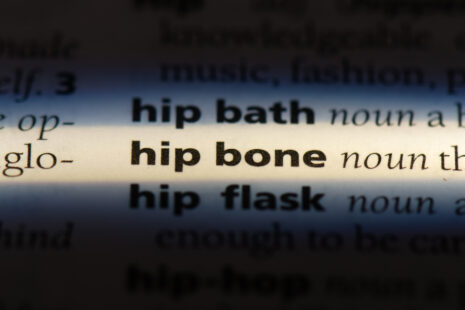Physical therapy can include spinal decompression as one of the treatment modalities for conditions such as herniated discs, sciatica, degenerative disc disease, and other spinal issues. Spinal decompression therapy is a non-surgical method aimed at relieving spinal pressure and pain, promoting the movement of water, oxygen, and nutrient-rich fluids into the discs to foster healing.
How Spinal Decompression Works in Physical Therapy
Mechanical Decompression – Some physical therapists use mechanical spinal decompression, which involves a specially designed table connected to a computer that controls the force and angle of disc distraction. This gentle stretching of the spine creates a negative pressure within the disc, which can help retract herniated or bulging disc material, relieving pressure on nerves and other structures in your spine.
Manual Techniques – Physical therapists may also use manual spinal decompression techniques as part of a broader treatment plan. This can include specific hands-on stretching and mobilization techniques to relieve pressure in the spinal discs and improve mobility.
Integration with Other Therapies
Spinal decompression therapy is often part of a comprehensive physical therapy program that includes other treatment modalities, such as:
- Therapeutic Exercises – Strengthening and stretching exercises to improve spinal stability, flexibility, and overall physical fitness.
- Manual Therapy – Techniques such as massage and joint mobilization to improve movement and reduce pain.
- Education – Guidance on posture, ergonomics, and lifestyle changes to support spinal health and prevent future injuries.
Considerations and Effectiveness
- Individualized Treatment – The effectiveness of spinal decompression therapy can vary from person to person. A physical therapist will assess your specific condition to determine if this therapy is appropriate for you.
- Research and Evidence – While many patients report relief from pain and improved mobility with spinal decompression therapy, research on its effectiveness is mixed. It’s considered a beneficial treatment option within a comprehensive treatment plan for certain conditions.
- Non-Surgical Alternative – For those seeking non-surgical options for spinal issues, spinal decompression therapy offers an alternative that, when combined with a comprehensive physical therapy program, can lead to significant improvements in pain and function.
In conclusion, while spinal decompression can be a component of physical therapy, it’s necessary to have a thorough evaluation by a healthcare professional to determine the most appropriate treatment plan for your specific spinal condition. Physical therapists are trained to use a variety of techniques, including spinal decompression, to help patients achieve their rehabilitation goals.




